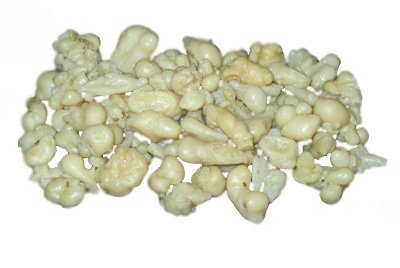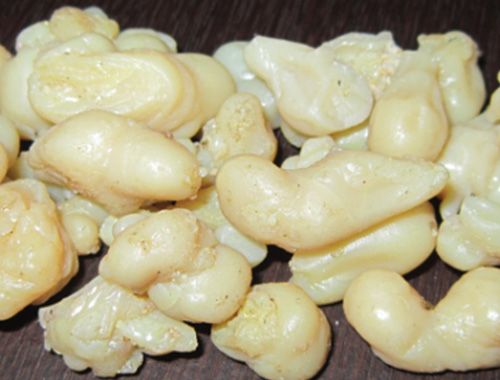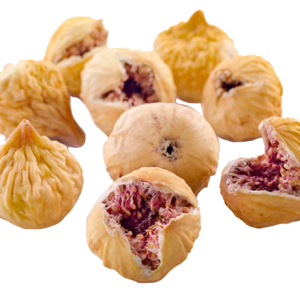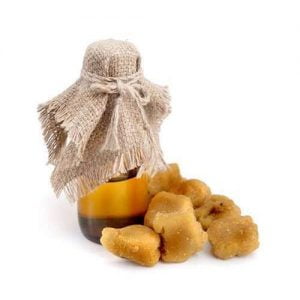Ammoniacum
- Home
- Ammoniacum
- Ammoniacum

Essential Oil Asafoetida
September 8, 2021
Dried Figs
September 8, 2021Ammoniacum
Ammoniacum, or gum ammoniac, is a gum-resin exuded from the stem of the perennial herb Dorema ammoniacum in of the umbel family (Apiaceae).
Ammoniacum
Ammoniacum, or gum ammoniac, is a gum-resin exuded from the stem of the perennial herb Dorema ammoniacum in of the umbel family (Apiaceae). The plant grows to the height of 2½ or 3 meters (8 or 9 ft.) and its whole stem is pervaded with a milky juice, which oozes out on an incision being made at any part. This juice quickly hardens into round tears, forming the “tear ammoniacum” of commerce. “Lump ammoniacum”, the other form of the substance, consists of aggregations of tears, frequently incorporating fragments of the plant itself, as well as other foreign bodies.
Description
Ammoniacum has a faintly fetid, unpleasant odor, which becomes more distinct on heating; externally, it possesses a yellowish white appearance, and when the tears or lumps are freshly fractured they exhibit a waxy luster. It is chiefly collected in central Persia, and comes to the European market by way of Bombay.
Ammoniacum is closely related to asafoetida and galbanum (from which, however, it differs in yielding no umbelliferone) both in regard to the plant which yields it and its putative therapeutical effects. Internally it is used in conjunction with squills in bronchial affections.[medical citation needed] In asthma and chronic colds it is found useful,[medical citation needed] but it has no advantages over a number of other substances of more constant and active properties .








Reviews
There are no reviews yet.